Relativity Wasn’t Einstein’s Miracle; It Was Waiting In Plain Sight For 71 Years

Faraday’s law of induction was set forth in 1834, and was the experiment that led Einstein to discover relativity.
When we think about Einstein and the theory of relativity, all sorts of legends surround it. What was it that inspired him to conceive of the notion that there was no such thing as an aether, or a medium for light to travel through? What led him to the idea that the speed of light was a constant, unchanging for any and all observers, no matter how they were moving relative to one another?
There were many great advances that people like to point to. There was the Michelson-Morley experiment, which looked for motion through the aether and didn’t detect any. There was the work of Lorentz and Fitzgerald, which showed that lengths contracted and time dilated when you moved close to the speed of light. And there was the work of Maxwell, who unified electricity with magnetism decades earlier.
But it wasn’t any of these. According to Einstein himself, it was an experiment of Faraday’s back in 1834. It was the law of electromagnetic induction.
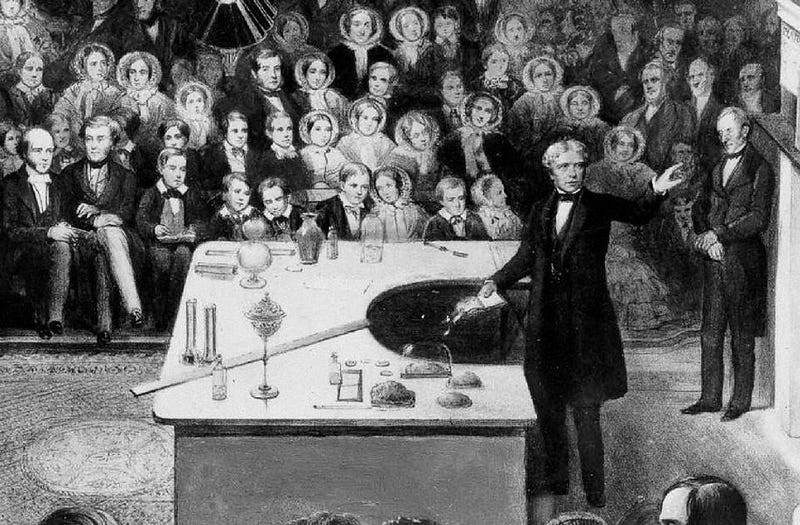
Michael Faraday was one of the 19th century’s greatest physicists, but he was great in a way that we don’t often appreciate. Today, we might dismiss him as a mere tinkerer, because his great successes were based not in equations or explicitly quantitative predictions, but rather in the results that his ingenious experimental setups revealed.
At a time when electricity was first being harnessed and its applications were still in their infancy, Faraday was revealing deep truths about the interconnected nature of electricity with magnetism.
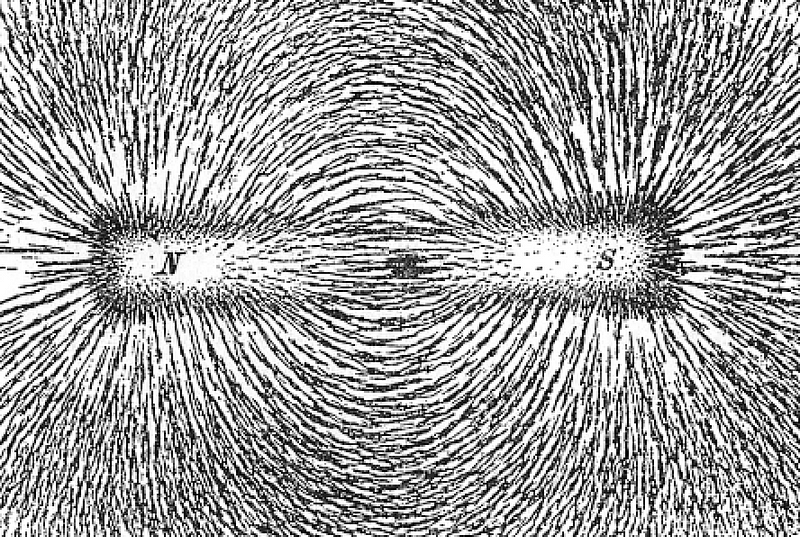
Electricity and magnetism weren’t always linked together. In fact, they were originally treated as completely independent phenomena.
- Electricity was based on the notion of charged particles that could either be stationary (where they would attract or repel) or in motion (where they would create electric currents), with static electricity being an example of the former and lightning being an example of the latter.
- Magnetism was treated as a permanent phenomenon, where certain minerals or metals could be permanently magnetized, and the Earth itself was viewed as a permanent magnet as well, allowing orientation by compass.
It was only in 1820, with the Oerstad experiment, that we began to understand that these two phenomena were linked.
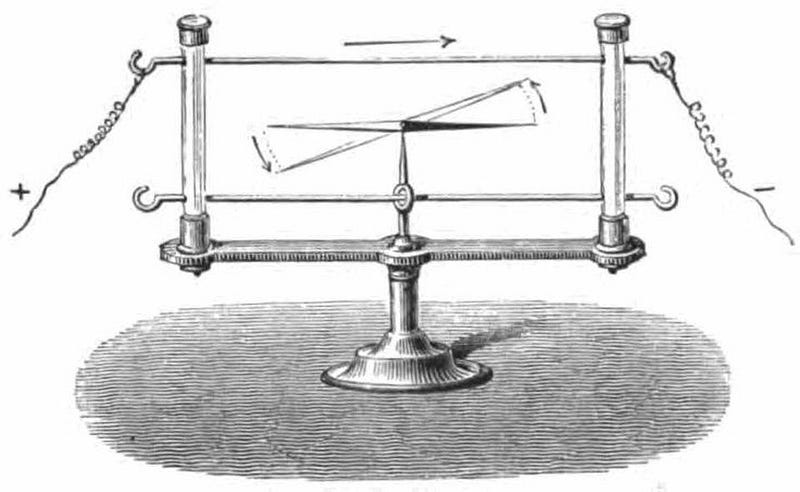
If you put a compass needle alongside a wire that carried an electric current through it, you’d find that the compass needle always deflected to align perpendicular to the wire. In fact, this was so poorly anticipated that the first time the experiment was performed, the needle was set up perpendicular to the wire initially, and no effect was observed. The expectation was that the needle would align with the electric current, rather than perpendicular to it.
Good thing for tinkerers, then, who thought to do the experiment with the needle already aligned with the wire, and were able to observe the first link between electricity and magnetism. The result of that experiment demonstrated something revolutionary: an electric current, or moving electric charges, generated a magnetic field. The next step, taken by Faraday, would be even more revolutionary.
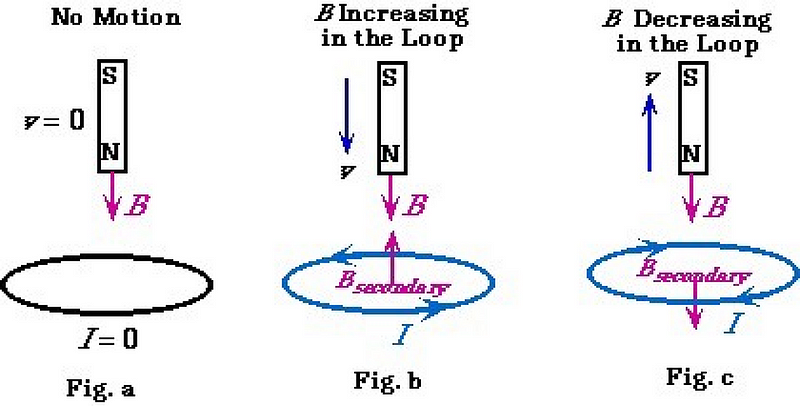
You might have heard of Newton’s third law of motion: for every action, there’s an equal and opposite reaction. If you push against an object, the object pushes back on you with an equal and opposite force. If the Earth pulls you down due to gravity, then you must pull Earth up with an equal and opposite force, also due to gravity.
Well, if a moving electric charge inside a wire can generate a magnetic field, then maybe the equal and opposite is true: perhaps generating a magnetic field in the right way can cause electric charges to move inside a wire, creating an electric current? Faraday performed this experiment himself, and determined that if you changed the magnetic field inside a loop of wire by moving a permanent magnet in or out of it, for example you would generate an electric current in the loop itself.
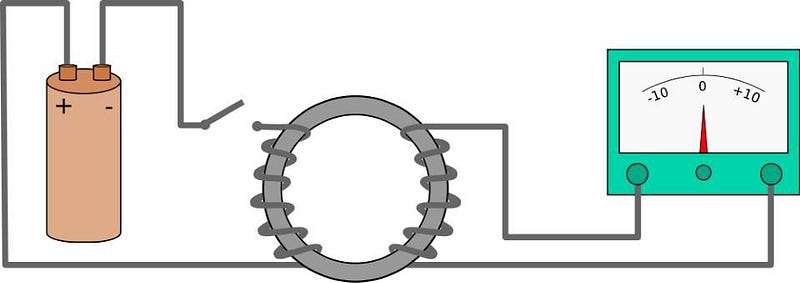
After tinkering with the experimental setup in a variety of ways, he was able to demonstrate how this worked in detail.
- When you changed the magnetic field inside a loop or coil of wire, you’d induce an electric current that opposes the change in the field.
- If you put an iron ring around two loops of wire and ran an electric current through one loop, you would generate a current in the other loop.
- If you rotated a copper (conducting) disk near a bar magnet with an electrical lead, you could generate a constant electric current; this was the invention of the first electric generator.
- And if you moved a coil of current-carrying wire into or out of the interior of a coil of wire with no current through it, it will create an electric current in the larger coil.
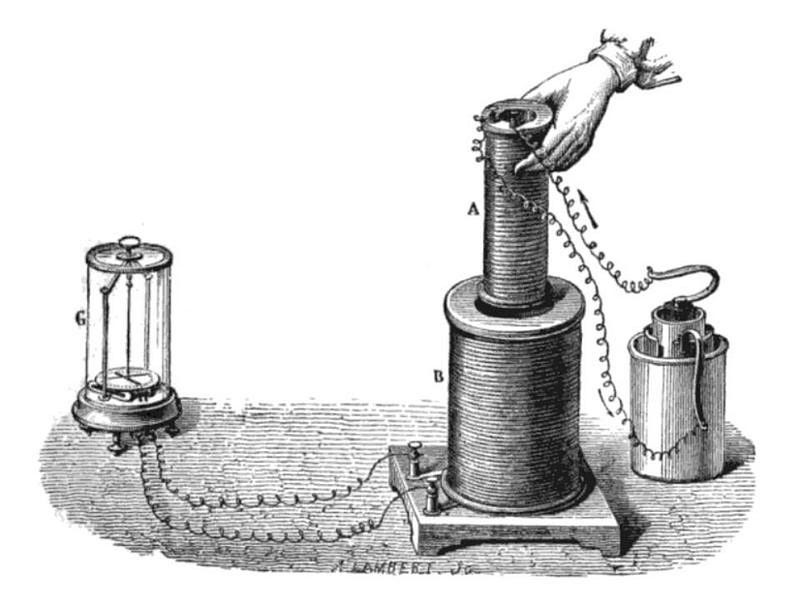
This became known as Faraday’s law of induction, and was well understood at this level by 1834. It was by thinking about this phenomenon that Einstein first started to uncover his principle of relativity. Imagine the following two setups, both involving a bar magnet and a coil of wire:
- You have a fixed, stationary coil of wire, and a bar magnet that you can move into or out of the coil of wire. You move the magnet into the coil at a constant speed, and watch the electric current appear in the coil.
- You have a fixed, stationary bar magnet, and a coil of wire that you can freely move onto or off of the magnet. You move the coil onto the magnet at a constant speed, and watch the electric current appear in the coil.
If you think about these two scenarios without relativity, they would have enormously different implications for what would physically occur.
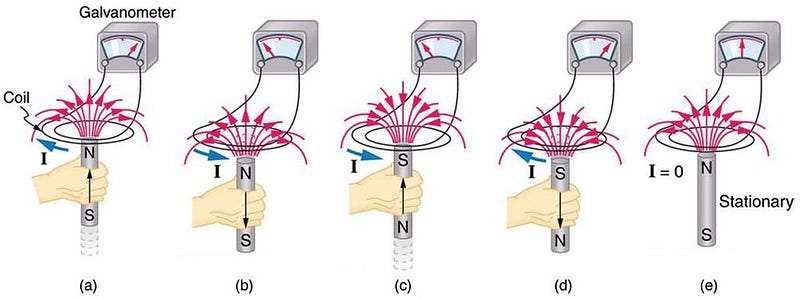
When you move the magnet into a stationary, conducting coil, the magnet sees an electric field arise with a certain amount of energy, and that field produces a current in the conductor dependent on the energy of the field that the magnet generates. This corresponds to case #1, above.
But if you were to instead keep the magnet stationary and move the conductor, there would be no electric field arising around the magnet. What happens, instead, is that you get a voltage (or electromotive force) arising in the conductor, which doesn’t have a corresponding energy inherent to it at all. This corresponds to case #2, above.
However, experimentally, both of these setups must be equivalent. they produce the same electric currents of the same magnitude and intensity in the coils of wire. This realization, more than any other, is what led Einstein to the principle of relativity.

The principle recognizes, first and foremost, that there is no such thing as a state of absolute rest. Relativity dictates that all observers, regardless of how fast or in what direction they’re moving, will see the same laws of electricity and magnetism, as well as the same laws of mechanics.
When we talk about relativity today, we almost always discuss the Michelson-Morley experiment, which showed that the speed of light didn’t change regardless of whether you orient it with the Earth’s motion (which is at a speed of 30 km/s, relative to the Sun, or approximately 0.01% the speed of light) or at any arbitrary angle with respect to the Earth’s motion. Sure, that might make it clearer to us, as a way to explain why relativity must make sense, in hindsight.
But this was only a secondary concern, as stated both by Einstein himself in the literature and by Max Born, writing about Einstein years later.
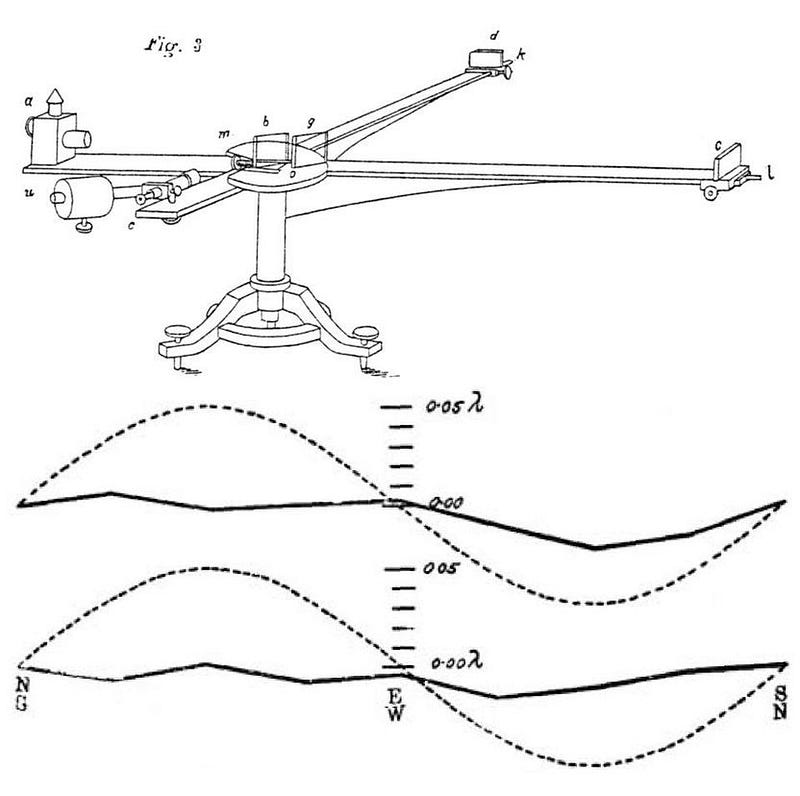
If the Universe had a frame of reference that was distinct from all the others, then there should be some measurement you could make that revealed to you how the laws of nature were different when you moved at one particular speed in one particular direction. But that is inconsistent with the Universe we have. No matter how fast you move or what direction you move in, the laws of physics are the same, and any physical experiment you can perform will give the same measurable results and result in the same physical phenomena.
The way we perceive these phenomena may differ depending on our frame of reference, but that’s to be expected. It was only by putting all of these pieces together, along with the constancy of the speed of light for all observers, that relativity grew from a principle into a full-fledged theory. In 1905, Einstein forever changed how we viewed the Universe, but the seeds were there as early as 1834. Relativity wasn’t a miracle. The seeds merely took 71 years to properly germinate.
Ethan Siegel is the author of Beyond the Galaxy and Treknology. You can pre-order his third book, currently in development: the Encyclopaedia Cosmologica.





